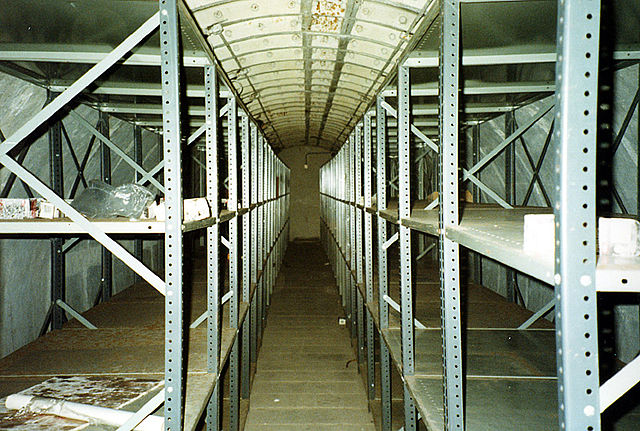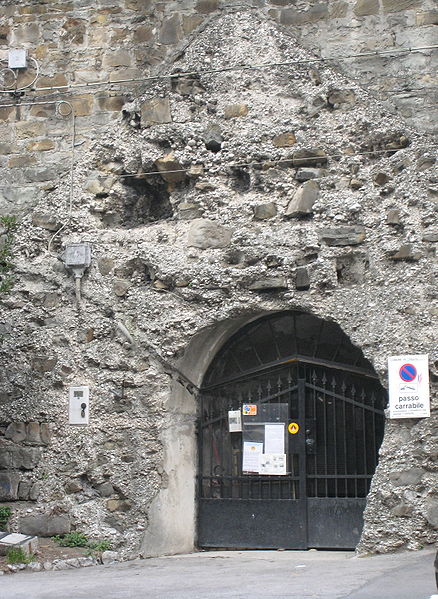The Amiriyah shelter bombing was an aerial bombing attack that killed at least 408 civilians on 13 February 1991 during the Persian Gulf War, when an air-raid shelter in the Amiriyah neighborhood of Baghdad, Iraq, was destroyed by the U.S. Air Force with two GBU-27 Paveway III laser-guided "smart bombs". The U.S. Department of Defense stated that they "knew the [Amiriyah] facility had been used as a civil-defense shelter during the Iran–Iraq War", while the U.S. military stated they believed the shelter was no longer a civil defense shelter and that they thought it had been converted to a command center or a military personnel bunker.
Interior of the shelter, currently maintained as a memorial to the bombing
Hand prints of victims inside the shelter
Photographs of young victims of the bombing
Candles lit near the bomb's entry hole in February 2021, commemorating the 30th anniversary of the bombing
Air raid shelters are structures for the protection of non-combatants as well as combatants against enemy attacks from the air. They are similar to bunkers in many regards, although they are not designed to defend against ground attack.
One of the London deep-level shelters, in Belsize Park
Kleines Berlin ('Little Berlin' in German) is the complex of underground air-raid tunnels dating to World War II, which still exists in Trieste, Italy
Single-person air raid shelter on display at the Günter Leonhardt aviation museum near Hannover, Germany
The Hochbunker in Trier








